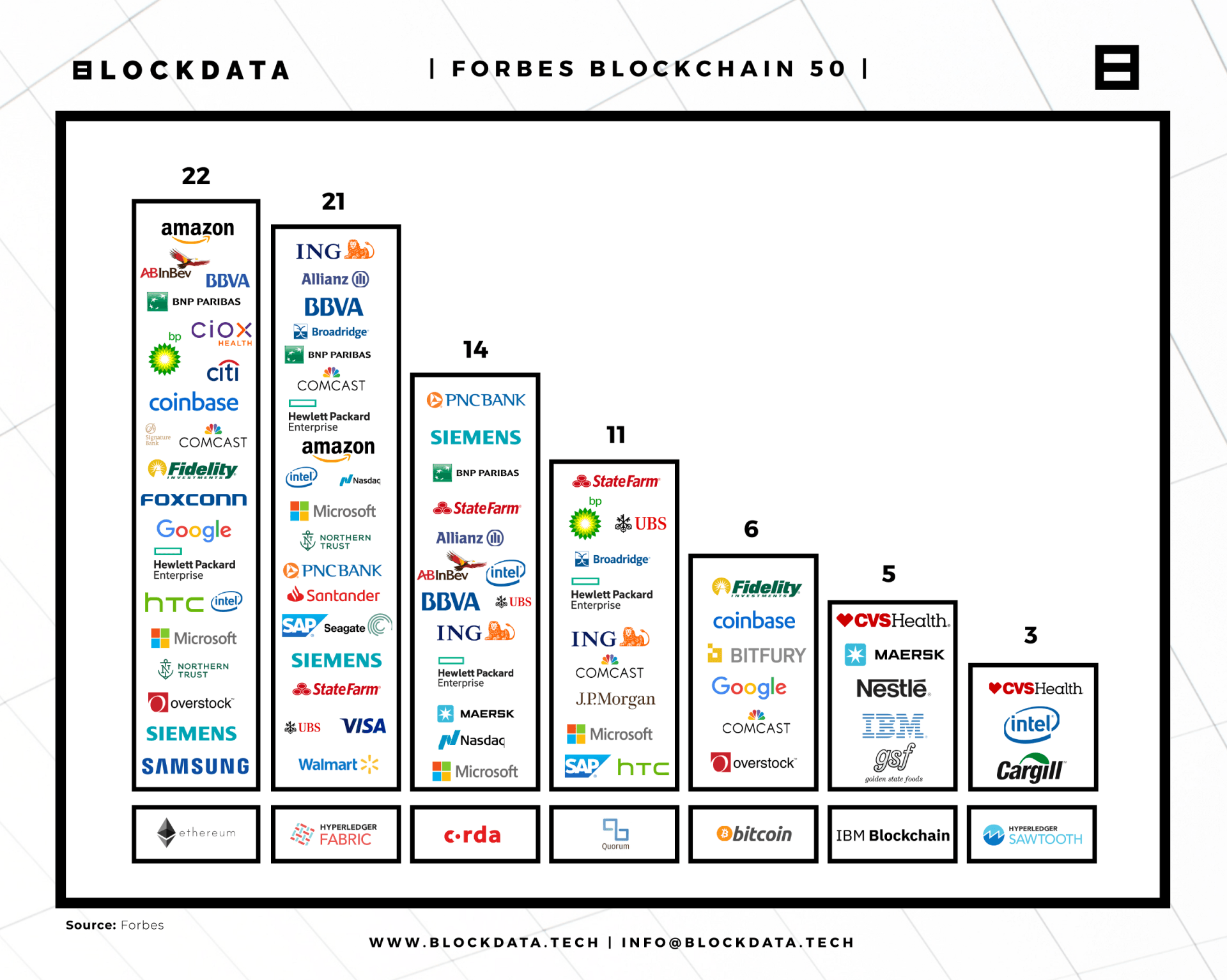5 practical tips to improve your IoT security

The Internet of Things (IoT) dominates the headlines, and that is for a good reason. The technology is the accelerator for many exciting innovations and even new business models. But without the appropriate security measures, the IoT network is a feast for hackers and can become a nightmare. How do you keep your IoT network safe?
September 2016. A huge DDoS attack scares the world. Many temporarily lose access to the internet. The website of the well-known security journalist Brian Krebs also has to pay for it. The attacking 'bots' do not consist of servers and workstations, but of hundreds of thousands of IoT devices. The Internet of Things has lost its innocence since the large-scale 'Mirai botnet'. Everything with an IP address forms a potential attack weapon: webcams, routers, sensors and connected refrigerators.
This is a dangerous cocktail that hackers can and will use with great gratitude. Hacking corporate networks via IoT devices is no longer unthinkable. Just like performing DDoS attacks by your own IoT devices. The damage can run to millions of euros. Research by the Ponemon Institute in March this year and sponsored by Shared Assesment conducted under more than 600 respondents noted that 21% had suffered a data breach or cyber attack related to IoT. The study shows the rising concerns that a security incident related to unsecured IoT devices could be catastrophic. Quote: “In the next 24 months, more respondents believe their organizations will have a data breach and cyber attack caused by unsecured IoT devices or applications”.
As operational systems are become smarter as IoT devices are applied more and more. This has a great impact on the risk factor as it enlarges the attact vector of your enterprise. This however should not set you back to reap the benefits IoT devices bring to predictive maintenance for example.
Connected means vulnerable
A characteristic of this 'fourth industrial revolution' is that industrial systems are no longer 'stand-alone' but 'connected'. Through the (Industrial) Internet of Things they communicate with the users, with customers and with each other. This connection also makes the operational technology vulnerable to cyber attacks. Industrial Control Systems and SCADA networks have been compromised, just remind the Industroyer
incident last year. This ‘new virus’ seemed specifically designed to lay down energy networks.
5 tips to improve your IoT security
- Update asset management processes and inventory systems to include IoT devices and applications, and understand the security characteristics of all inventoried devices. When devices are found to have inadequate IoT security controls, replace them.
- Identify and assign accountability for approval, monitoring, use and deployment of IoT devices and applications within your organization.
- Ensure that IoT devices, applications, and metrics are included, monitored and reported as part of your third-party risk management program.
- Verify that specific third-party IoT related controls included in contract clauses, policies and procedures can be operationalized and monitored for adherence and compliance.
- Collaborate with industry peers, colleagues, and experts to identify successful approaches, techniques, solutions and standards to monitor and mitigate third-party IoT device and application risks.
In general you can take technical and organizational measures. Technical measures consist for example of continuous monitoring of network flows. If you who wants to abort a DDoS attack you must be able to identify suspicious deviations in network traffic as quickly as possible. A monitoring system is indispensable for this. If you use network services from a third party, it is advisable to inquire about the policy and contractual agreements regarding DDoS monitoring. Organizational measures are also very important to act proactive to prevent issues and to have an incident response plan in case of emergency. Therefore prepare an incident response plan, which accurately describes what everyone's tasks and responsibilities are in the event of a cyber incident. This prevents panic and increases decisiveness when a DDoS attack takes place. During the attack itself there is not always room to devise a good strategy. If you want advice or discuss further, don't hesitate and contactus.
The full Ponemon report can be found here.
#cybersecurity #IoT #DDoS #incident reponse #securityawareness #digitaltransformation









